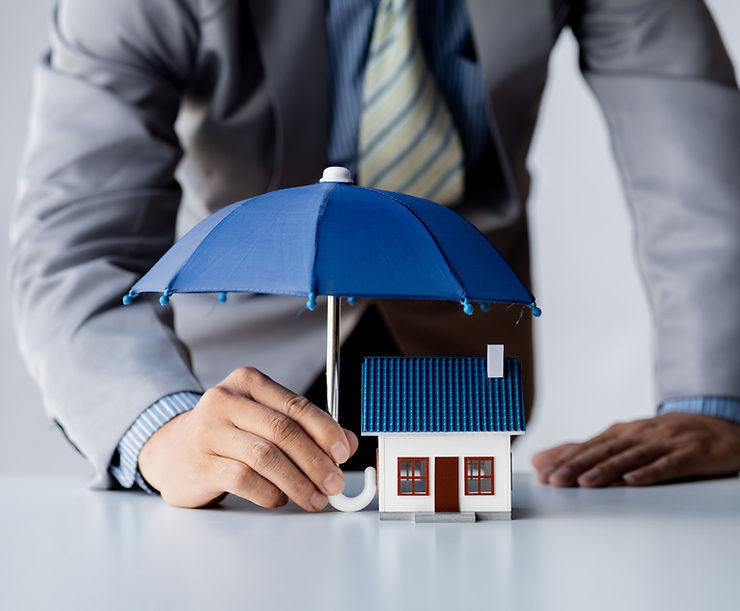For most homeowners, their home is their most significant investment, making adequate property insurance coverage crucial. Roof damage, in particular, can be a costly and complicated issue, often leading to confusion about what is covered under a standard homeowner's insurance policy. This blog aims to demystify how property insurance typically covers roof damage.
1. What Does Standard Property Insurance Cover?
Typically, homeowner's insurance policies cover the structure of your home, including the roof, against a range of perils such as fire, windstorm, hail, and other natural disasters. The extent of the coverage can vary significantly based on your policy's terms and the type of insurance you have.
2. Types of Coverage
- Replacement Cost Value (RCV): This coverage pays for the cost to replace your damaged roof with materials of like kind and quality, without deducting for depreciation.
- Actual Cash Value (ACV): This coverage takes depreciation into account, meaning you'll receive funds equivalent to the roof's value at the time of damage, not the cost to buy a new one.
3. Understanding Policy Limitations
- Age of Roof: Many insurers consider the age of the roof when processing claims. Older roofs may have limited coverage or only be covered for their actual cash value.
- Maintenance and Wear and Tear: Standard policies typically do not cover damage due to lack of maintenance or general wear and tear.
- Specific Exclusions: Certain events like earthquakes or floods are usually not covered under standard policies and require additional coverage.
4. Deductibles and Limits
Your policy will have a deductible, which is the amount you're responsible for paying before insurance coverage kicks in. Be aware of any specific deductibles for certain types of damage, like hail or wind.
5. Filing a Claim for Roof Damage
- Document the Damage: Take clear photos of any damage as soon as possible.
- Review Your Policy: Understand what your policy covers and the extent of your coverage.
- Contact Your Insurance Provider: Notify them promptly to start the claims process.
6. The Claims Process
- Inspection by an Adjuster: Your insurance company will send an adjuster to inspect the damage and estimate repair costs.
- Approval and Payout: Once approved, you'll receive a payout based on the terms of your policy.
7. Hiring a Roofing Contractor
Choose a reputable contractor experienced in insurance work. Some contractors can help you navigate the claims process.
8. When to Get a Second Opinion
If you're unsatisfied with the insurance adjuster's assessment, consider getting a second opinion from an independent contractor or a public adjuster.
9. Preventative Maintenance
Regular maintenance can prevent minor damage from becoming major issues and can help in ensuring your insurance claim is valid should you need to file one.
10. Consider Additional Coverage
If you live in an area prone to specific natural disasters not covered under your standard policy (like floods or earthquakes), consider purchasing additional coverage.
Conclusion
Understanding your property insurance policy and how it covers roof damage is key to protecting your investment. Regular maintenance, awareness of your coverage limits and exclusions, and prompt action when damage occurs can help ensure your home remains secure and your insurance claims process goes smoothly. Remember, each policy is different, so it's important to review yours carefully and consult with your insurance provider for specific details.


